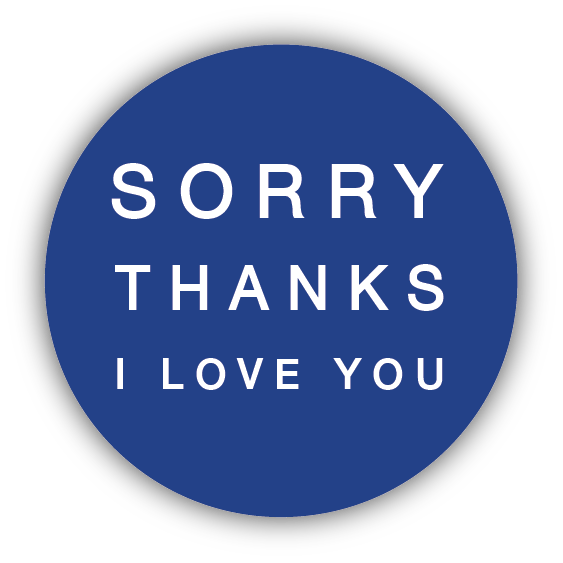The Sunday Read: Monochrome Dressing
Welcome to the second monthly letter from STILY co-founder Caroline Ball – an ongoing series that takes a behind-the-scenes look at the different creative industries that Sorry Thanks I Love You traverses.
Indie music has always understood the power of a uniform. PJ Harvey in her priestly black. Cat Power in her moody monochrome ensembles. Nick Cave in his Dracula-esque tailoring. These aren’t just outfits, they’re decisions that let everything else to be loud: the lyrics, the performance and, in the latter’s case, the perfect scowl.
 Nick Cave and PJ Harvey
Nick Cave and PJ Harvey
There’s something wonderfully satisfying about wearing just one colour. It’s a kind of anti-look - a refusal to get dressed for Instagram or trend reports or the other gender’s gaze. It means you’re above playing the game. And, to be totally frank, when the fate of world peace seems to rest in the hands of a few, small acts of control like these take on a new kind of potency for the rest of us.
 Grace Coddington. Image credit Craig McDean.
Grace Coddington. Image credit Craig McDean.
For decades, monochrome dressing has crept quietly across the creative industries like a very stylish, very slow-moving oil spill. It’s hard to say where it started, but we mustn’t forget Yohji Yamamoto in his endless layers of inky black or Grace Coddington in her head‑to‑toe reds, or Gwenyth in her beiges. One-tone dressers traverse artforms and countries. Just last year we had Pharrell in his epic denim-on-denim ensemble. For these types, monochrome isn’t indecision. It’s discipline, an opt-out - personal branding without a logo.
 Gwenyth Paltrow. Image via Town & Country.
Gwenyth Paltrow. Image via Town & Country.
Zadie Smith knows this. In public, she often wears variations of the same single‑tone silhouette - navy, camel, white. Hers is a kind of sartorial punctuation that makes sure we’re focussing on her work ahead of her presentation. As she wrote in Vogue last year: “If you happen to find… Bet Lynch and Lil’ Kim looking amazing in leopard print, have you considered just saying to yourself, ‘Good for them,’ and then carrying on with your day?”
 Yohji Yamamoto. Image via Roppongi
Yohji Yamamoto. Image via Roppongi
It’s not about erasing personality, either. Monochrome lets cut, fabric and texture do the talking. It draws attention to substance over spectacle. Phoebe Philo knew this. Her disciplined neutrals were never boring - they were a vehicle to allow us to concentrate on form and cut. Rei Kawakubo’s black-on-black extravaganzas have more to say than half of fashion week combined. They aren’t just “looks”. They’re ideas.
 Rei Kawakubo. Image via The Cut
Rei Kawakubo. Image via The Cut
So, how to begin? Start with what you already own. Identify a single colour that feels like you on a good day - one that doesn’t try too hard. Then build slowly. The trick is only to invest in pieces that will endure: high-quality garments that showcase cut, fabric, or silhouette. Think strategy, not shopping spree. A beautifully cut jacket in your chosen palette. Trousers that work with everything. These can be complemented with lower-value items like t-shirts that you can replace on the reg. And if you’re looking for reference points, look to the unofficial patron saints of monochrome dressing: Róisín Murphy or Thom Yorke. (Not Pinterest.)
If you’re monochrome-curious, we’ll be sharing ways to get started over the next few weeks - both on our socials and in store. But for now consider this your gentle nudge to experiment with the quiet power of sameness. This isn’t about blending in - it’s about doing one thing and doing it well. Because in the end the most radical thing you can wear might just be one really good idea. In one really great colour. Over and over again.
**
